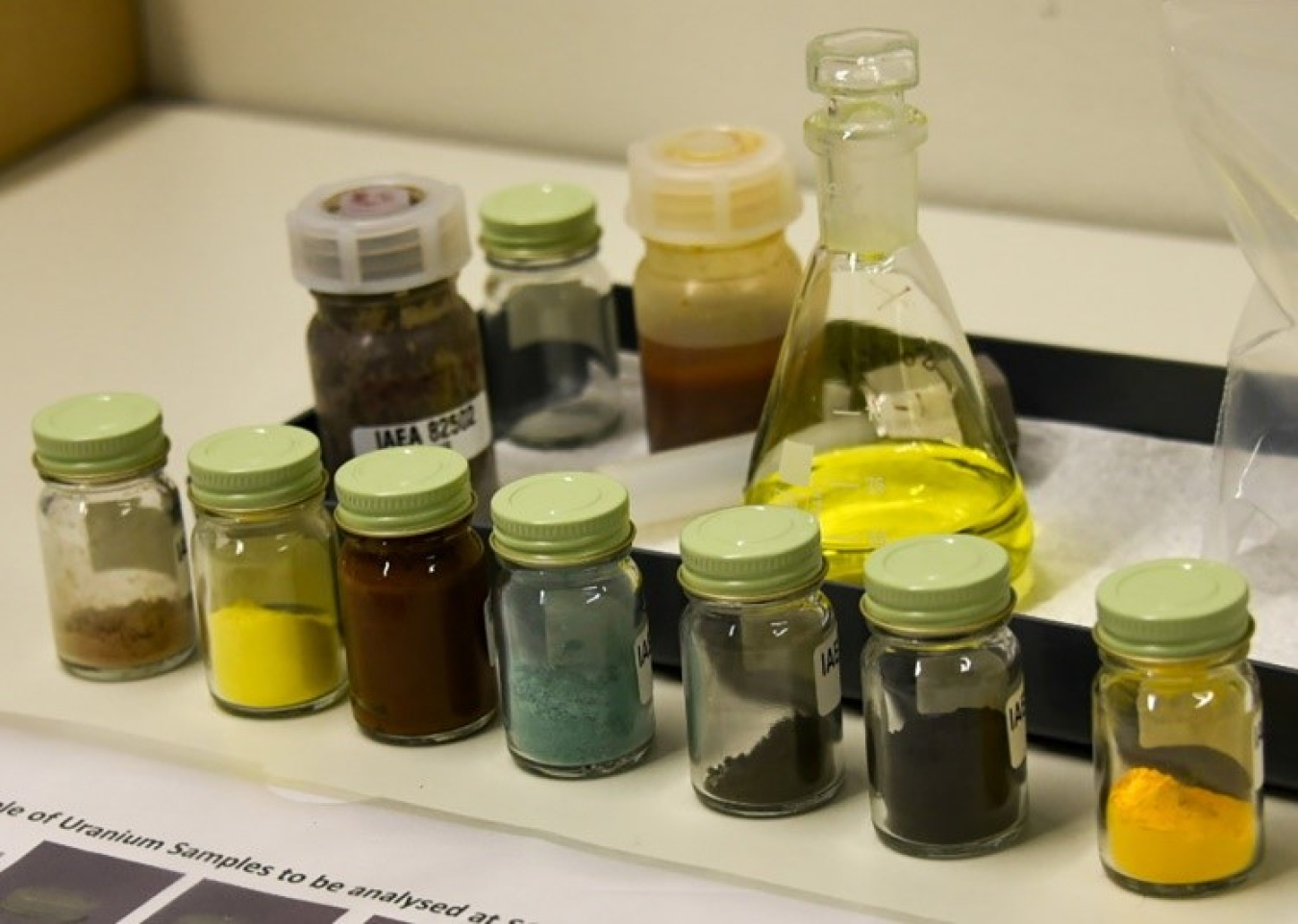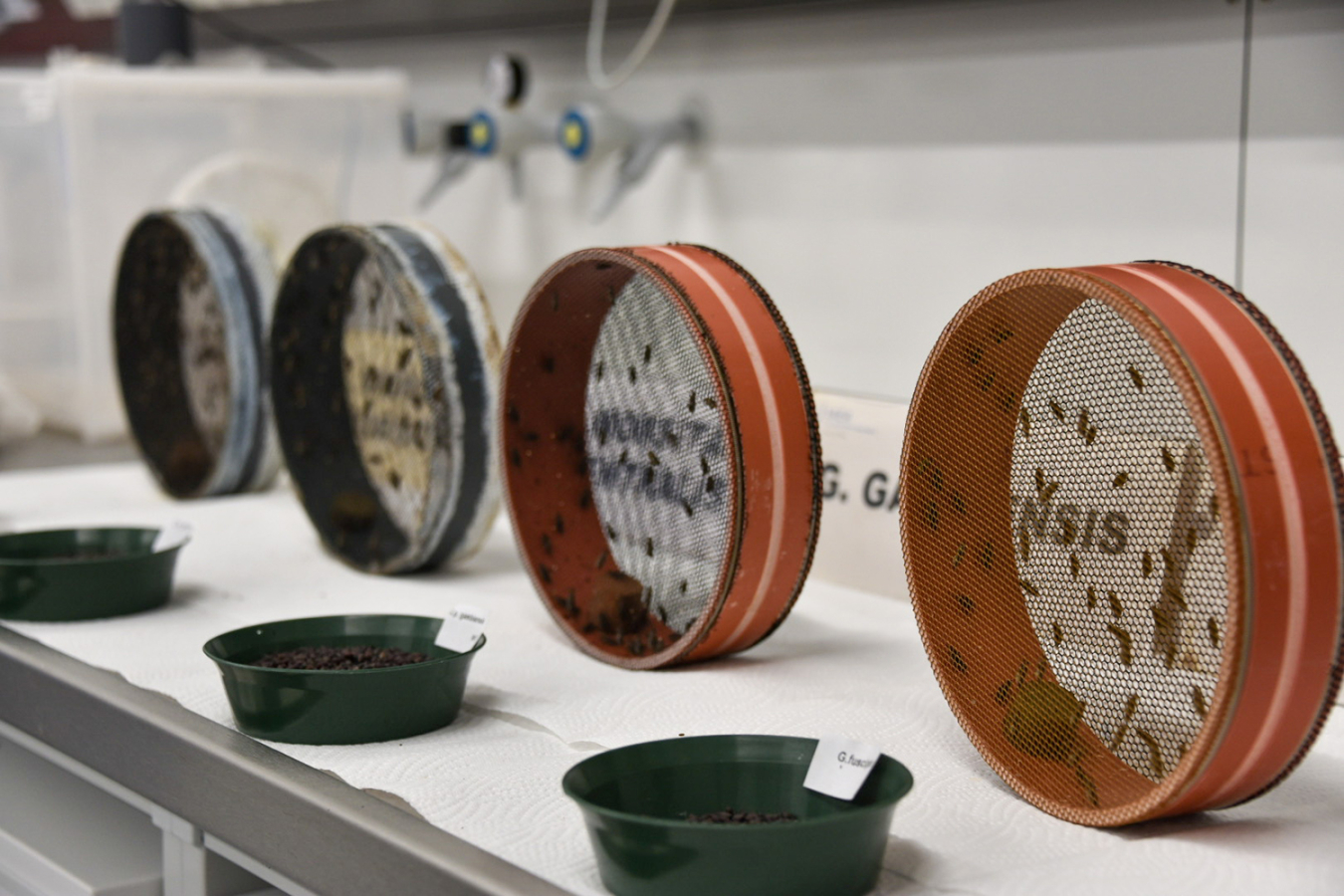A fundamental mission of the IAEA is to work with Member States to use peaceful nuclear technology to improve and transform lives globally. A key resource in this mission is the IAEA’s eight nuclear applications laboratories in Seibersdorf, Austria.
National Nuclear Security Administration
November 10, 2021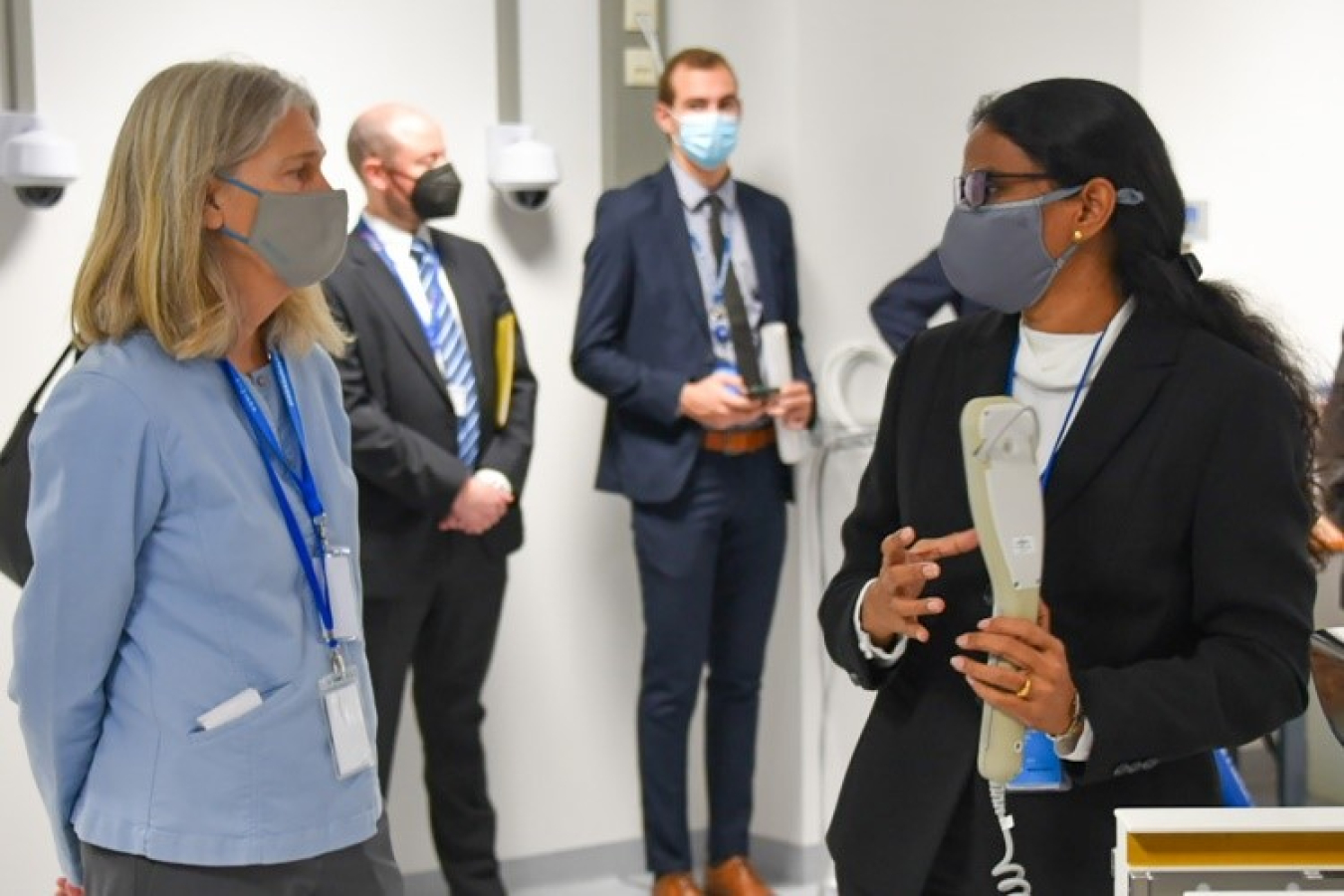
A fundamental mission of the International Atomic Energy Agency (IAEA) is to work with Member States to use peaceful nuclear technology to improve and transform lives globally.
A key resource in this mission is the IAEA’s eight nuclear applications laboratories in Seibersdorf, Austria, outside Vienna. The labs focus on food and agriculture, human health, environmental and oceanic monitoring, the use of nuclear monitoring and detection equipment, and more. Additionally, two safeguards laboratories at Seibersdorf verify that declared nuclear material under IAEA safeguards is used only for peaceful purposes, which is central to the agency’s purpose.
Built in 1962, the labs are undergoing a long-term renovation and renewal project, portions of which were funded by NNSA. The United States has been a longtime contributor to the work of these laboratories.
Jill Hruby, DOE Under Secretary for Nuclear Security and NNSA Administrator, visited the labs during the IAEA General Conference in September to get a look at their latest advances.
“It was great to be back in a nuclear science lab and to see the vital work the IAEA is doing there,” said Hruby. “NNSA is proud to support the ongoing, life-enhancing research done at Seibersdorf.”
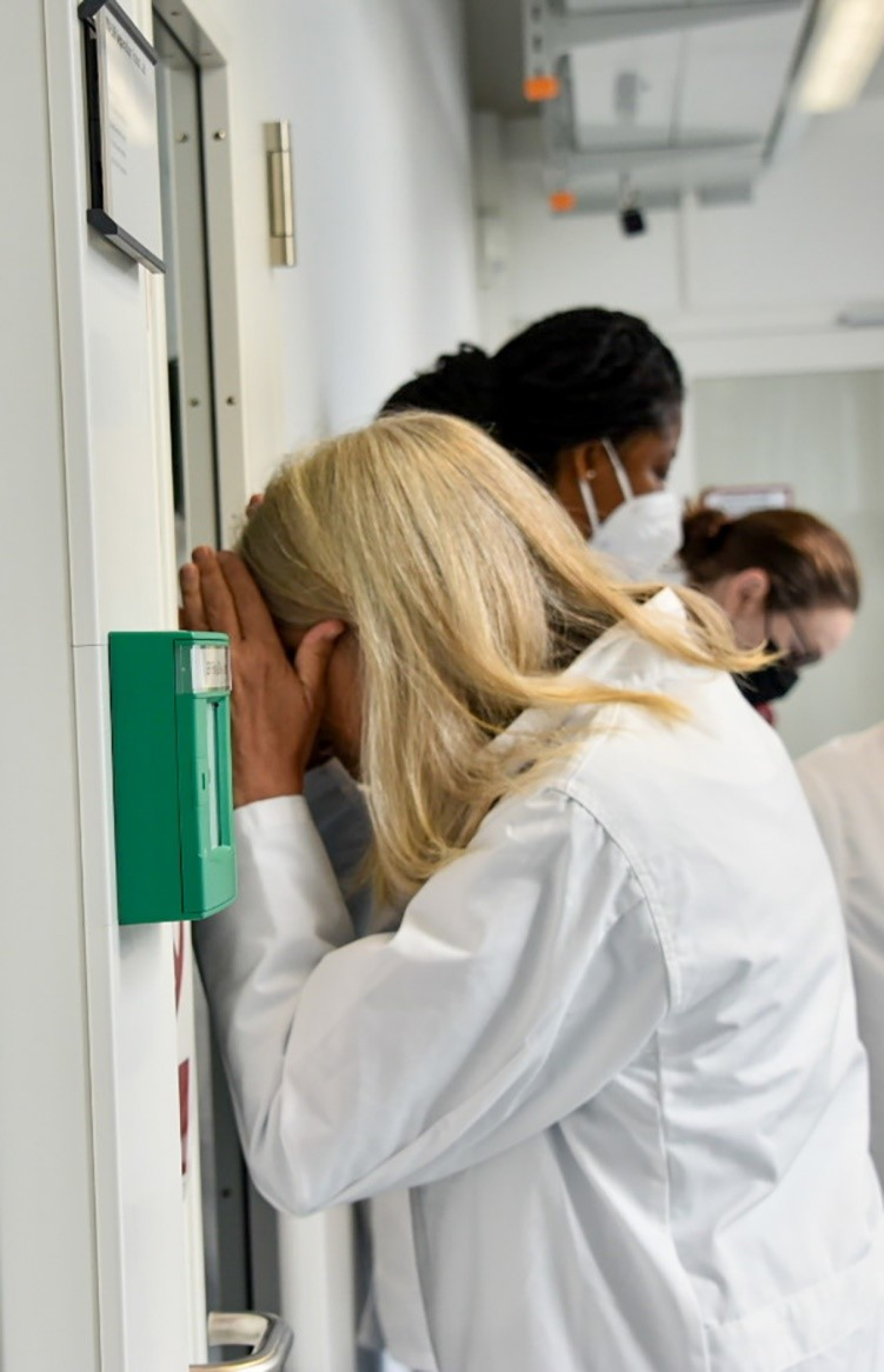
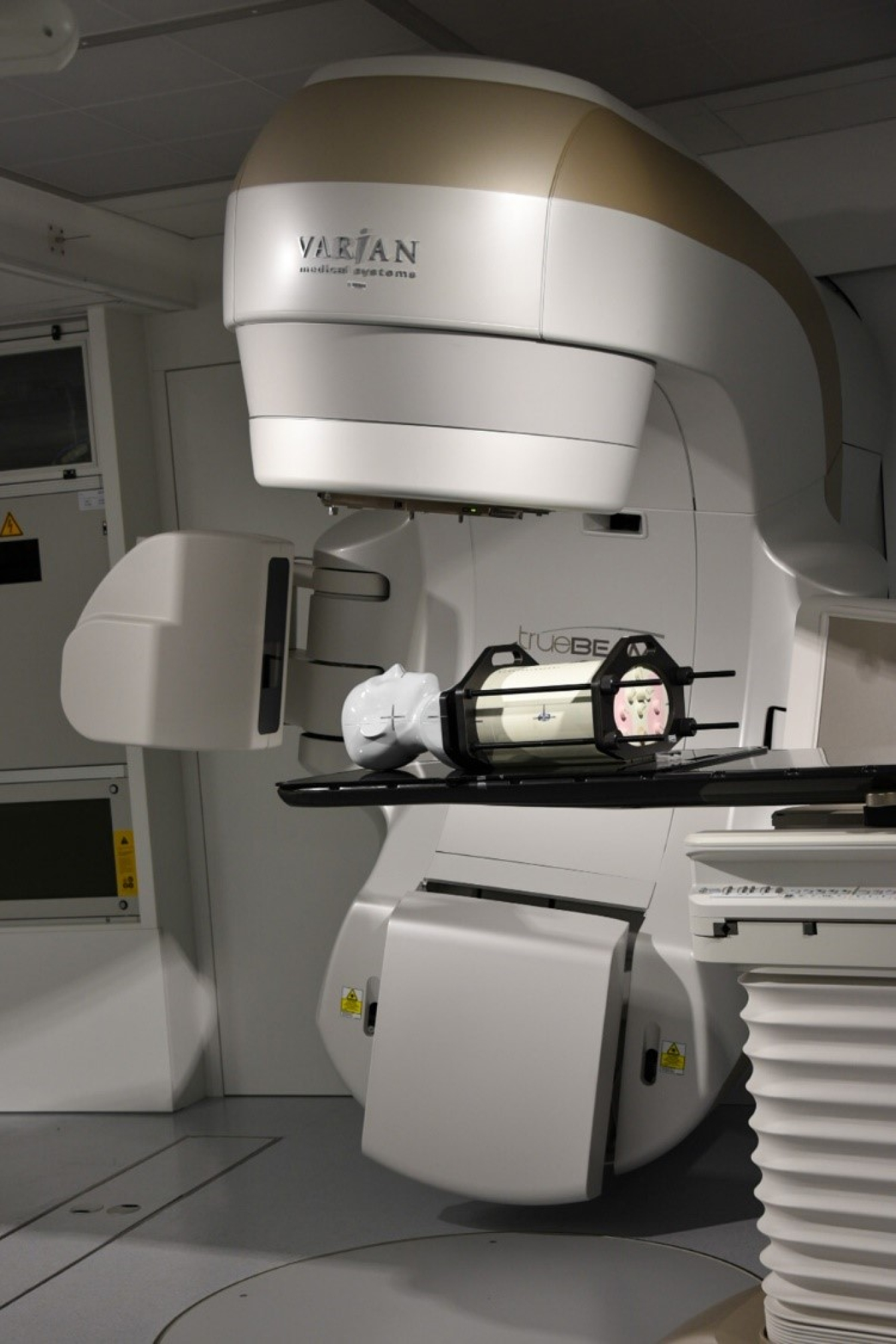
“It was great to be back in a nuclear science lab and to see the vital work the IAEA is doing there. NNSA is proud to support the ongoing, life-enhancing research done at Seibersdorf.”
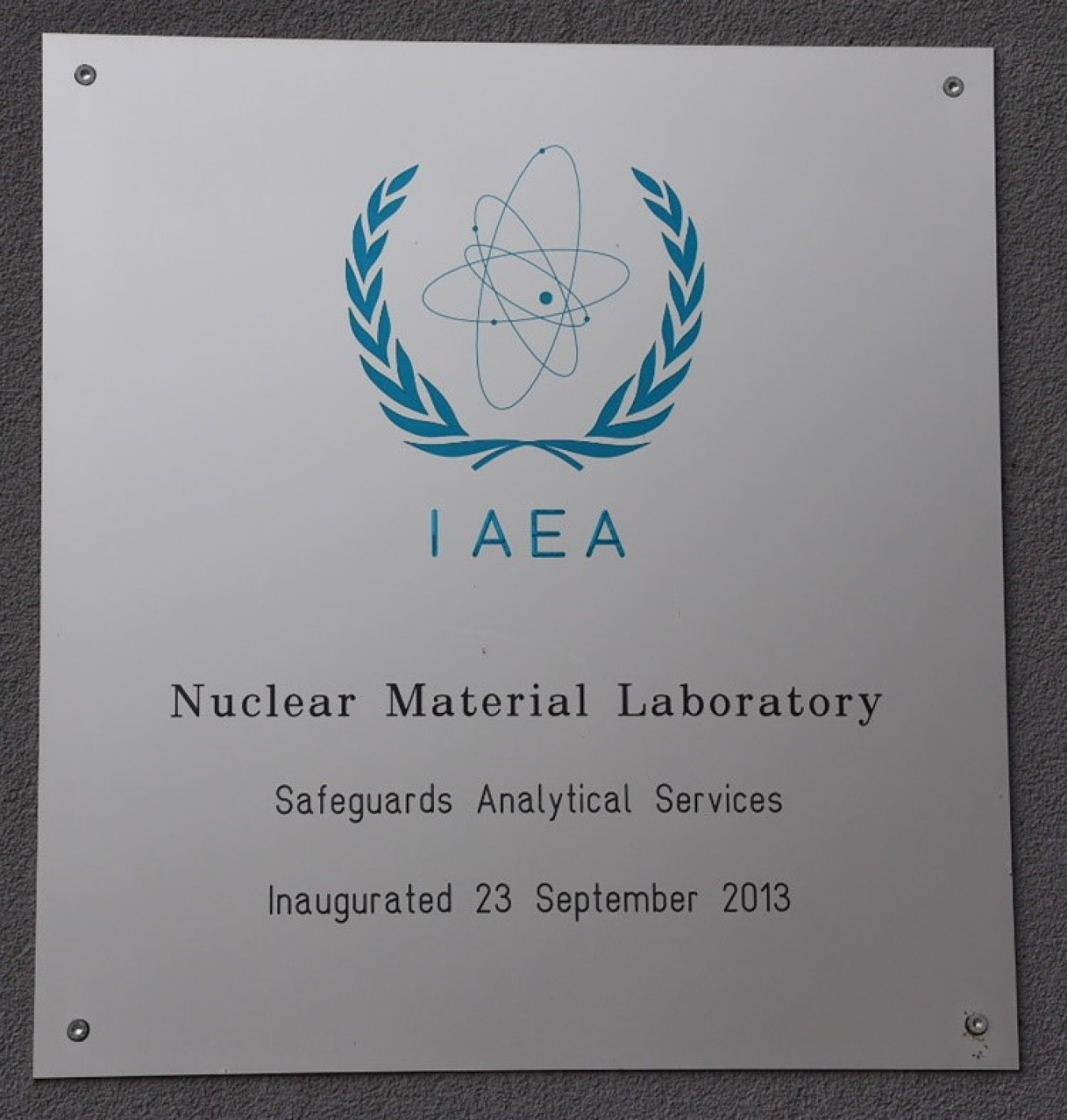
While visiting Seibersdorf, Hruby saw some of the NNSA-funded work including:
- Safeguards Analytical Laboratory and Nuclear Material Laboratory.
These labs are the workhorse of the IAEA’s analyses of environmental samples and nuclear material samples to verify what Member States declare about nuclear activities under their safeguards agreements with the agency. Safeguards are technical measures applied by the IAEA on nuclear material and activities, through which the agency seeks to independently verify that nuclear facilities are not misused and nuclear material not diverted from peaceful uses. The United States provides considerable support to the IAEA safeguards laboratories, including via equipment, training, reference materials, expertise, and other services. - Nuclear Security Training and Demonstration Centre. In 2021, the IAEA began building a new facility to provide hands-on training on state-of-the art security systems and best practices for civilian nuclear facilities. Activities at the Centre will also strengthen capabilities in radiological crime scene management and nuclear forensics.
- Dosimetry Laboratory. This facility significantly increases the IAEA’s capacity to support implementation of advanced radiotherapy techniques in cancer care worldwide. To support alternatives to radioactive sources and advance global health, including the treatment of cancer, NNSA worked with foreign governments and U.S. industry to install and maintain a linear accelerator (LINAC) and support construction of a bunker to house it. LINACs are electrically powered and do not rely on radioactive sources that can pose safety and security concerns if not properly managed.
- Insect Pest Control Laboratory. The Sterile Insect Technique involves the sterilization of reared male insects and their release into affected areas to supress populations of invasive species. It is a proven, environmentally friendly and pesticide-free way to control pest populations, which can wreak havoc on many Member States’ economies. This laboratory shares expertise to support NNSA’s development of X-ray technologies to sterilize insects without the use of radioactive material.
Other IAEA labs at Seibersdorf study animal production and health, plant breeding and genetics, soil and water management, crop nutrition, food and environmental protection, nuclear science and instrumentation, and air and land environmental quality.
